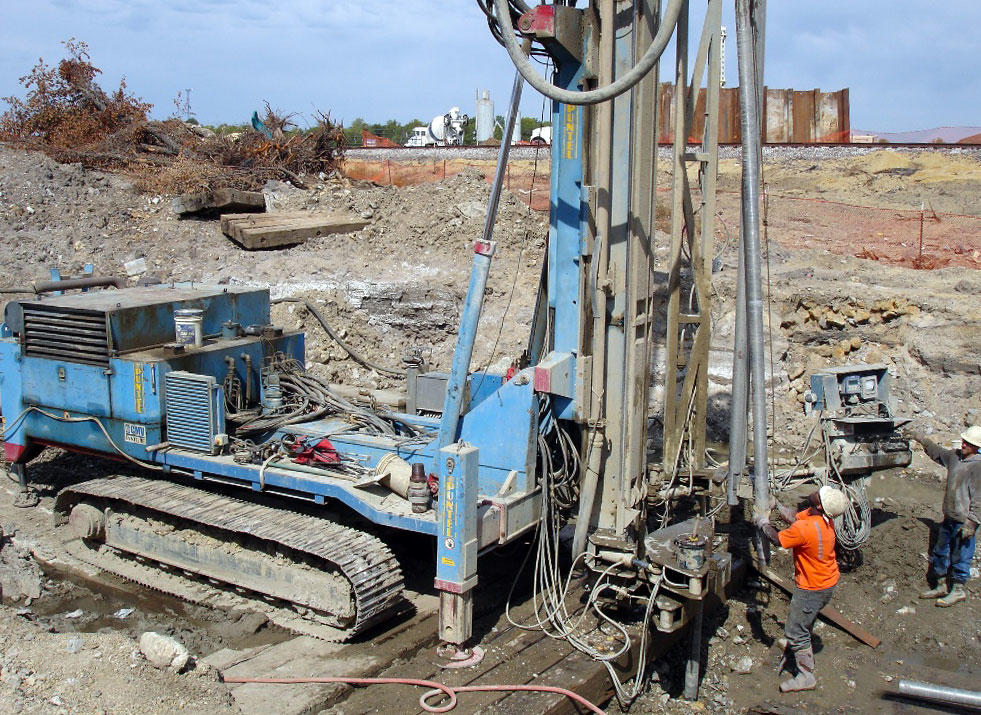Grouting methods and micropiles were implemented to support proposed bridge footings, MSE walls, box culverts, and to stabilize an abandoned mine.
The project
Cited by The Joplin Globe as “One of the most sophisticated highway interchanges ever constructed in Southwest Missouri,” the new Missouri State Route 249 and Highway 171 Interchange was designed to accommodate the current and future economic growth in the Joplin area. The Missouri Department of Transportation specified micropiles and compaction grouting for the ground improvement program.
The challenge
Given the complex geologic profiles comprised of highly variable bedrock conditions, and the fact that the five-bridge interchange was to be built over an old abandoned mine, an extensive ground improvement program was to be implemented to support the proposed bridge footings, MSE walls, box culverts, and to stabilize the mine.
The solution
For this project, Keller installed 220 micropiles. We also injected over 500 cubic meters of High Mobility Grout and over 6,800 cubic meters of Low Mobility Grout. Keller also provided a sophisticated state-of-the-art quality control (QC) system to monitor and record all drilling activities and to measure grouting parameters in real-time. The advanced QC system provided detailed information on the grouting performance. Low Mobility Grout was used for mine shaft closures and void/sinkhole treatment. High Mobility Grout was used in fractured rock to improve the mechanical properties of the rock beneath the future bridge footings and to reduce grout volumes during micropile installation.
